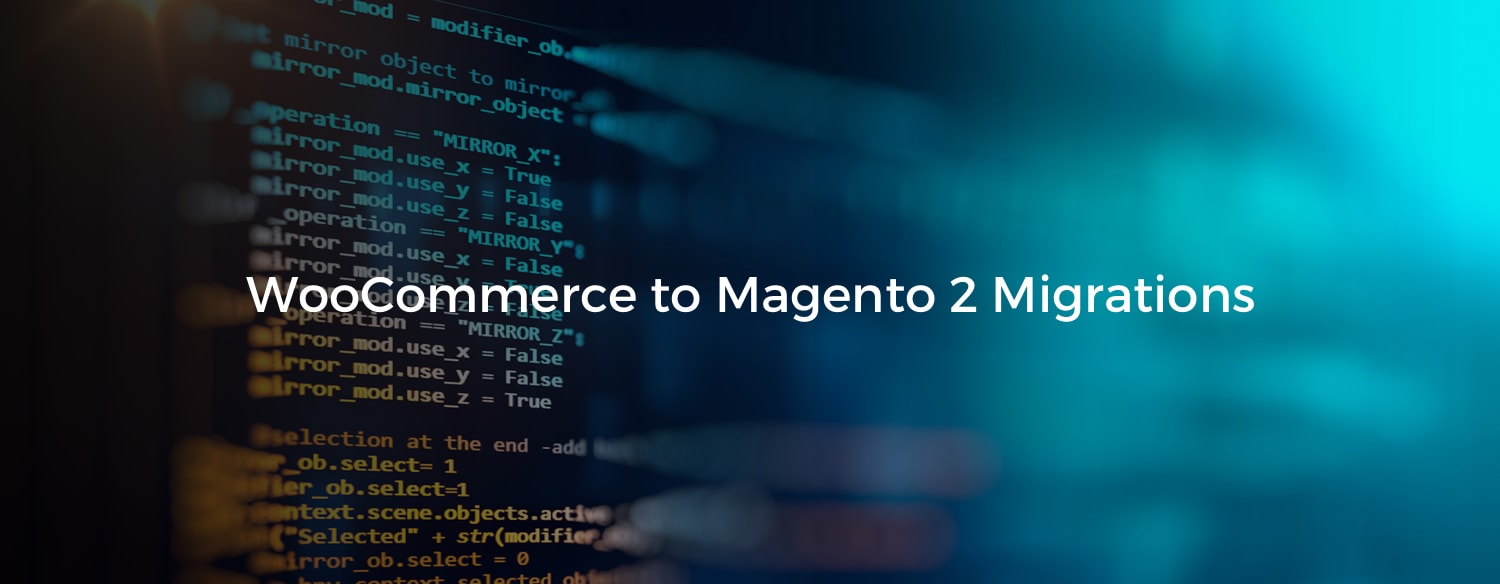Let’s Talk.
Start with a conversation. From there, we can build a plan.

Signs You Need to Migrate to Magento 2
Magento 2 is an eCommerce platform known for its dynamic features and specialized capabilities. With advanced customization options, an array of extensions and add-ons, and better security advantages, Magento 2 offers companies the chance to create websites that reflect the unique characteristics of their brands.
Here are two of the most common signs that your business could benefit from a migration to the Magento 2 platform for your eCommerce store.
You Want to Improve Your Customers’ Shopping Experiences
Magento 2 comes equipped with numerous features designed to improve your customers’ shopping experiences, such as
Your Company Needs More Scalability
Growing businesses often have trouble when their current platforms can’t support their plans for advancement. Magento 2 offers an extensive variety of extensions that can improve the overall performance of your website as your business needs change during times of growth and expansion.
Magento 2 vs. WooCommerce
Although Magento 2 and WooCommerce are two of the most prevalent eCommerce solutions, they are different in several distinct ways. While WooCommerce is a plug-in for WordPress, Magento is a self-contained eCommerce platform. Read on to see how the key features of Magento 2 and WooCommerce compare.
Magento 2
With Magento 2, you get the convenience of having one backend for all your stores, whereas WooCommerce does not provide this opportunity because it’s plug-in rather than a standalone platform.
Another useful feature of Magento 2 that WooCommerce lacks is advanced product search capabilities, such as layered navigation. This allows customers to select filters based on price, brand, or merchandise listings, among other qualities, which streamlines the process of finding products and making purchases.
WooCommerce
When compared with Magento 2, WooCommerce is easier to install, set up, and maintain because it is a plug-in. WooCommerce also comes with an embedded rating system that improves customer loyalty. While WooCommerce does include a layered navigation feature, it’s far more limited in scope when analyzed next to Magento 2.
Time and Expenses
The process of migrating your eCommerce website to Magento 2 depends on the number of extensions and add-ons you want to implement, as well as your business data needs and its overall complexity. The time frame for an average Magento 2 migration is typically around 3 to 6 months. As for the costs, your development team’s experience with the Magento 2 platform is a deciding factor. Top Magento Agency Forix can determine your migration needs and streamline your Magento 2 migration process.
What Should You Choose?
WooCommerce is an out of the box eCommerce solution ideal for smaller businesses that don’t need extensive features and are simply looking for an easy-to-use, intuitive system. However, if you need scalable features or want to reap the benefits of virtually limitless customization for your eCommerce shop, the Magento 2 platform might be a better option for you.
Still don’t know how to choose? Forix’s migration experts are more than happy to help you make this decision, just reach out. Implement Adobe Commerce Cloud on your eCommerce website with the help of Forix.
Start with a conversation. From there, we can build a plan.
